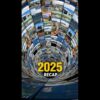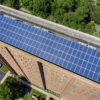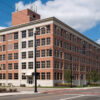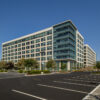Urbanization is a major trend that continues to reshape our cities. As more people move into urban areas, the demand for healthcare services grows. This increase in population, particularly in cities, is transforming the medical real estate landscape. As cities expand, the way healthcare is delivered, and the types of facilities needed are also evolving. In this article, we’ll explore how urbanization is changing medical real estate, the challenges it creates, and the opportunities it offers for healthcare providers, developers, and investors.
The Impact of Urbanization
Urbanization is happening at a fast pace across the world. Currently, more than half of the global population lives in cities, and that number is expected to grow in the coming decades. This shift means more people are concentrated in densely populated areas, requiring more infrastructure, housing, and healthcare services to support them.
For healthcare, this increase in urban populations means more demand for medical services, but it also requires a shift in how those services are delivered. Traditionally, large hospitals located in suburban areas were the center of healthcare, but that model doesn’t always work in densely packed urban environments. Urban residents expect quick, easy access to healthcare near their homes and workplaces. This shift is pushing healthcare providers to rethink where and how they offer medical services.
Shifting Healthcare Delivery Models
Urbanization has not only led to a growing population in cities but also a shift in how healthcare is delivered. Traditionally, medical facilities were centralized in large hospitals and healthcare campuses, often located in suburban or less densely populated areas. However, as cities grow denser, these models are becoming less viable.
In today’s urban landscape, patients seek convenient and accessible care close to where they live and work. This demand is giving rise to the development of smaller, outpatient facilities such as urgent care centers, ambulatory surgery centers (ASCs), and neighborhood clinics. These facilities provide specialized care without the need for a full hospital stay, and they are designed to meet the needs of patients who want healthcare options that fit into their daily routines.
Developers and investors are capitalizing on this trend by repurposing commercial spaces in urban cores for medical use. Former retail centers, office buildings, and mixed-use developments are being converted into medical hubs. These smaller, decentralized facilities are strategically placed within communities to cater to growing urban populations, offering convenience and easing pressure on traditional hospital systems.
Adaptive Reuse of Commercial Spaces
A unique aspect of urbanization is the adaptive reuse of existing commercial spaces for medical purposes. With the decline of traditional brick-and-mortar retail due to e-commerce and changing consumer behavior, many urban areas are dotted with vacant retail and office properties. Instead of building new healthcare facilities from the ground up, medical developers are turning to these underutilized spaces to meet the rising demand for healthcare services.
Shopping malls, for example, are prime candidates for transformation. Their large footprints and strategic locations near major transportation hubs make them ideal for conversion into medical complexes. Developers can transform former department stores or anchor tenants into outpatient clinics, diagnostic centers, or specialty care facilities, providing communities with easier access to healthcare services.
This adaptive reuse strategy also extends to office spaces. With the rise of remote work, many businesses have reduced their need for office space, leaving commercial real estate available for alternative uses. Medical practices and healthcare providers are increasingly leasing or buying these properties to create urban medical offices that serve the surrounding population.
The Growth of Telemedicine
Another major change in healthcare delivery that’s reshaping medical real estate is the growth of telemedicine. As more people live in cities, the demand for convenient healthcare services has grown. Telemedicine, which allows patients to have virtual consultations with doctors, is a solution that has taken off, especially after the last few years.
While telemedicine doesn’t completely replace the need for physical medical facilities, it does change the way those spaces are used. Many routine visits can now be handled online, which reduces the need for large waiting rooms or extensive office space. Instead, healthcare providers are focusing more on efficient spaces for diagnostic and treatment procedures, with less emphasis on traditional layouts that cater to in-person visits.
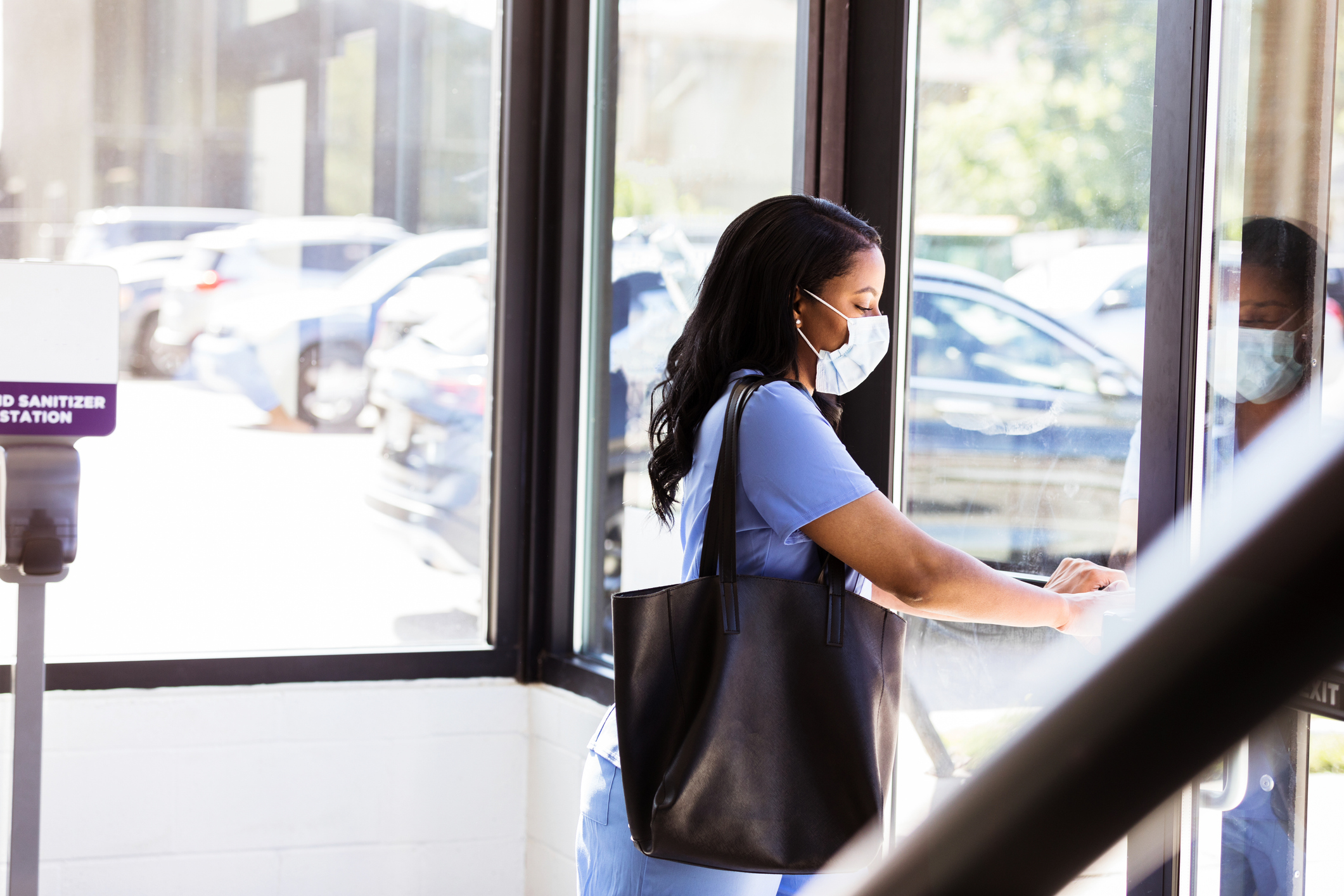
Urban Planning and Medical Zoning
As cities continue to grow, urban planning and zoning regulations plays a crucial role in determining where medical facilities can be located. City planners and developers are increasingly aware of the need to integrate healthcare infrastructure into urban developments. This has led to more strategic urban zoning that incorporates medical facilities into mixed-use developments, transit-oriented areas, and residential zones.
Mixed-use developments, where medical facilities are integrated into retail, residential, and commercial spaces, are becoming a popular solution in dense urban areas. These developments provide convenient healthcare access and contribute to a vibrant, walkable community where residents can live, work, and receive care close to.
Challenges and Opportunities for Medical Real Estate Investors
While urbanization presents numerous opportunities for the medical real estate sector, it also brings challenges. The cost of land and development in urban areas can be prohibitive, requiring investors and developers to be creative in finding solutions to meet demand while staying within budget. Additionally, the regulatory environment for healthcare facilities can be complex, with zoning restrictions, building codes, and health department requirements often adding layers of complexity to projects.
Despite these challenges, the opportunities are vast. Investors who understand the urban healthcare landscape and can navigate these complexities stand to benefit from the growing demand for medical facilities in urban areas. The need for flexible, modern healthcare spaces that meet the needs of an urban population will continue to rise, creating a strong market for both developers and healthcare providers.




